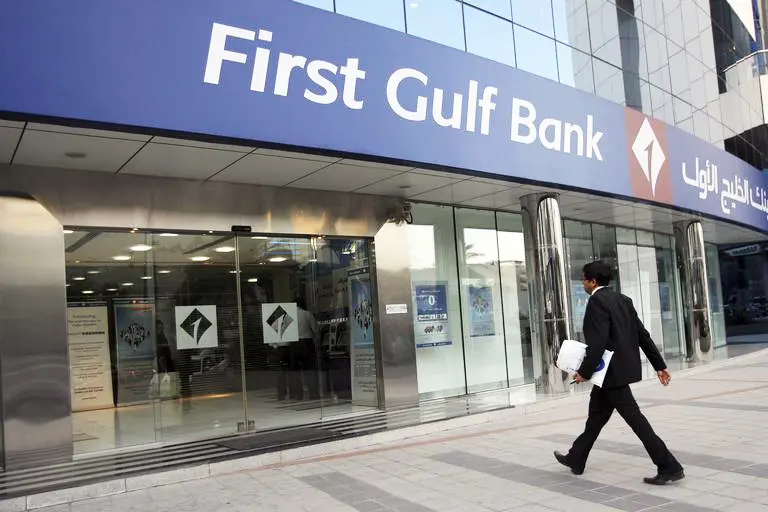PHOTO
Monday, Aug 08, 2016
Dubai: The UAE’s banking sector has been experiencing tightening of liquidity from last year. Monetary data for first half of 2016 showed the liquidity situation is moderating compared to the first half of 2016, according to a report from Abu Dhabi Commercial Bank (ADCB).
“The continued squeeze in dirham liquidity was reflected in Emirates interbank offered rates (Eibor) rising further and the loan to deposit ratio increasing to 103.3 per cent in June from 100.9 per cent in December 2015. However, the differential in the pace between credit and deposit growth narrowed in 1H2016, and greater external borrowing [bonds, syndicated loans, and deposits] also helped to limit upside pressure,” said Dr Monica Malik, Chief Economist of ADCB.
The GCC region’s access to capital received support in the second quarter of 2016 by the stronger oil price, the Fed keeping rates on hold, and sentiment towards emerging markets improving.
Low global interest rates are helping to keep foreign debt raising attractive for GCC governments and corporates. “We believe that the more gradual tightening in monetary conditions than in 2H2015 is positive for the growth outlook, though it still continues to be a headwind to economic activity in 2016,” said Malik.
Banking sector deposits grew stronger in in the first half of 2016 as banks focused on focused on raising deposits following liquidity squeeze in the second half of last year. Total deposits increased 3.4 per cent year on year in June 2016, up from a trough of 0.6 per cent year on year increase in August last year.
A significant improvement in government deposits in the second quarter came as a respite to tightening liquidity. Government deposits were up 14.1 per cent year on year in June, versus contractions of -15.4 per cent in March 2016 and -16.6 per cent in December 2015. The $5 billion sovereign bond raised by the Abu Dhabi government in April appears to have boosted government deposits.
Softer credit growth
The overall credit growth in the UAE decelerated to 6.7 per cent year on year in June 2016, down from 7.8 per cent at the end of 2015 and 8 per cent at the yearend 2014. “We believe that this reflects the softening economic backdrop and demand for credit; higher market rates accompanying the tightening banking sector liquidity; and a more cautious approach towards lending by banks,” said Malik.
Private sector loan growth softened to 7.1 per cent, with both corporate and retail segments moderating. Consumer credit growth decelerated more sharply than corporate in the first half of this year.
By Babu Das Augustine Banking Editor
Gulf News 2016. All rights reserved.












